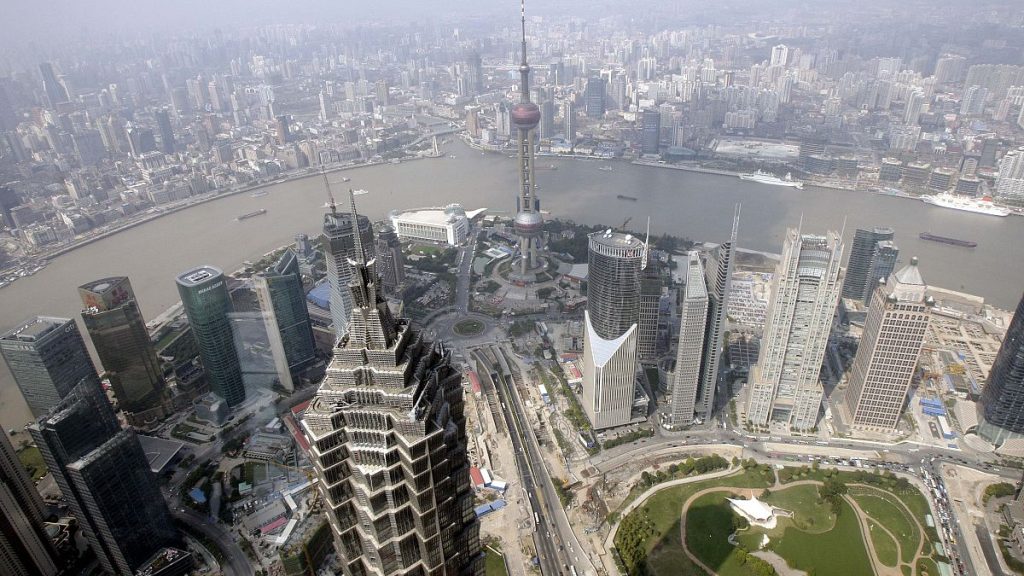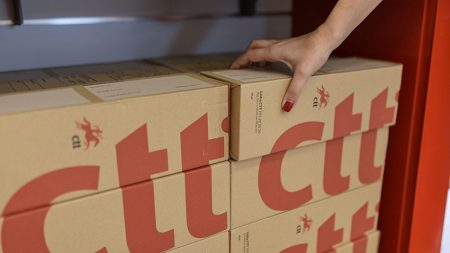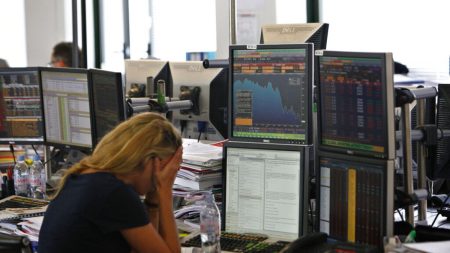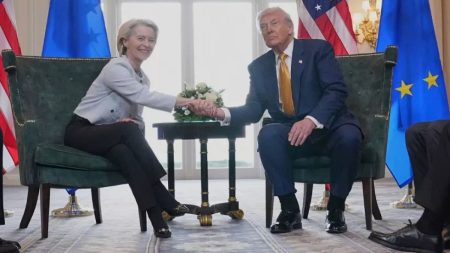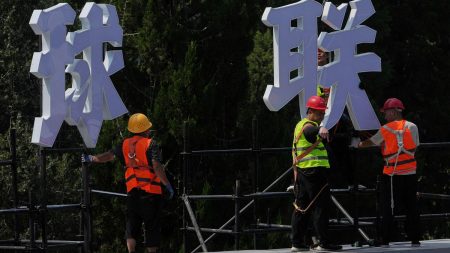Paragraph 1: China’s Economic Crossroads and the Shadow of Trump Tariffs
China’s economic policymakers recently convened for the annual Central Economic Work Conference, a pivotal event that sets the tone for the nation’s economic trajectory in the coming year. The backdrop for this year’s conference was particularly complex, marked by slowing growth, a struggling real estate sector, and the looming threat of renewed trade tensions with the United States under a second Trump administration. While the conference largely reaffirmed existing policies rather than unveiling groundbreaking initiatives, it signaled a clear intent to bolster the economy through increased government spending, relaxed monetary policy, and a renewed focus on improving living standards. The overarching goal is to stimulate investment, boost consumer spending, and mitigate the potential fallout from anticipated US trade actions.
Paragraph 2: Reaffirming Existing Strategies and Addressing Economic Headwinds
The economic blueprint emerging from the conference builds upon initiatives already underway. China’s economic growth has been lagging behind the government’s target, primarily due to the ongoing real estate crisis, which has rippled through the broader economy. Weakened housing prices and job losses stemming from the COVID-19 pandemic have dampened consumer confidence and spending. The resulting supply glut has exerted downward pressure on prices, further complicating the economic picture. Existing policies, such as subsidies for appliance and vehicle purchases, expanded access to affordable housing, and interest rate cuts to stimulate mortgage lending, were reaffirmed as key components of the government’s strategy.
Paragraph 3: Prioritizing Well-being and Addressing Social Needs
Beyond macroeconomic levers, the conference emphasized improving the well-being of Chinese citizens. Leaders stressed the importance of poverty eradication, strengthening the healthcare system, expanding elder care, and potentially offering subsidies to encourage higher birth rates amidst a declining population. This focus on social welfare underscores the government’s recognition that sustained economic growth must be accompanied by tangible improvements in the lives of ordinary citizens. This holistic approach seeks to address both economic stability and social harmony.
Paragraph 4: Fiscal Stimulus and Debt Management: A Balancing Act
To finance these initiatives, China plans to increase its deficit, traditionally capped at 3% of GDP, and issue more special ultra-long-term bonds. While China’s national debt-to-GDP ratio remains manageable compared to other major economies, substantial debt burdens at the local level pose a significant challenge. Many local governments face financial strain due to declining tax revenues and rising expenditures, exacerbated by the property market downturn and the pandemic. The details of the increased spending plans are expected to be unveiled later, potentially during the national legislative session in March.
Paragraph 5: Monetary Easing and Market Reactions: A Cautious Approach
The Politburo’s endorsement of "moderately loose" monetary policies marks a shift from the "prudent" stance maintained over the past decade. This approach, reminiscent of the measures taken during the 2008-2010 global financial crisis, signals an intention to inject more liquidity into the market. The People’s Bank of China has already begun cutting interest rates and reserve requirements for banks, and further cuts are anticipated. Cheaper credit aims to stimulate investment and housing purchases, with the central bank playing a more active role in market stabilization and economic stimulus. While lower interest rates have buoyed bond prices, the lack of specific policy details from the conference led to investor disappointment and a decline in stock markets.
Paragraph 6: Navigating Uncertainty and Charting a Long-Term Course
As the US and other trading partners tighten restrictions on China’s access to advanced technologies, Beijing is carefully calibrating its response. While retaliatory measures are being implemented, China’s leaders appear to be adopting a cautious approach to broader economic stimulus, awaiting clarity on US trade policies under the new administration. This measured response reflects the delicate balancing act between supporting economic growth and mitigating potential risks associated with escalating trade tensions. While the Central Economic Work Conference provided a broad framework for China’s economic strategy, the ultimate path forward will depend on the evolving geopolitical landscape and the specific policy details that emerge in the coming months.




